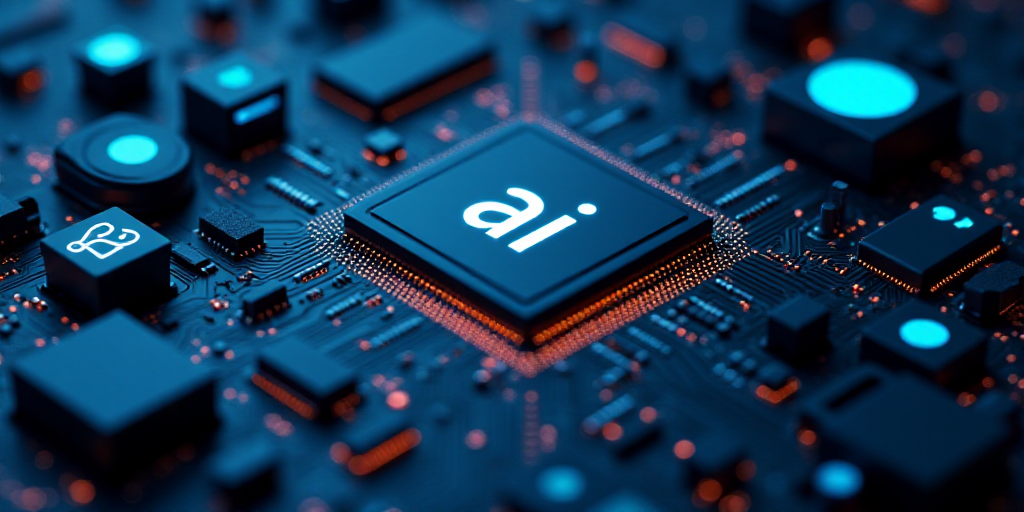Background on the Case and Parties Involved
The Mexican Supreme Court of Justice (SCJN) has addressed the legal standing of content produced by Artificial Intelligence (AI). The case that prompted this ruling originated from Gerald García Báez, who attempted to register an AI-generated avatar and claim rights for both himself and the AI. His petition was denied.
Who is Gerald García Báez?
Gerald García Báez is an individual who sought to register a virtual avatar created using the Leonardo AI platform. He provided photos and guidelines to the generative system with the intention of recognizing property rights over the outcome. In an unusual move, he also claimed moral rights for the AI itself.
Why is this case relevant?
This case is significant because it addresses the legal implications of AI-generated content and whether such creations can be protected under copyright law. The denial of García Báez’s petition led him to appeal to the SCJN, asserting that it raised a matter of “transcendence for the Mexican State.”
SCJN’s Ruling on AI-Generated Content
In a July 14 information bulletin, the SCJN dispelled the misconception that AI cannot create copyright-protected works. Instead, they stated that any such assertion is “incorrect” and reaffirmed the absence of a general public domain doctrine for AI-assisted works.
The ruling, still pending its final draft, is scheduled for publication on August 6. It responds to the direct amparo case 6/2025, which remains unresolved until next month.
SCJN’s Perspective on AI as Author
The SCJN emphasized that the Federal Law of Copyright (LFDA) only recognizes a human being as an author. Consequently, works created solely by algorithms lack legal authorship.
Ministra ponente Lenia Batres Guadarrama highlighted that essential traits such as creativity, originality, and individuality stem exclusively from human experience, emotions, and intellect. She further explained that no AI can replicate these qualities. As a result, the SCJN unanimously decided that “Mexican Union justice does not protect or cover Gerald García Báez.”
Expert Interpretations and Recommendations
Following the ruling, intellectual property experts Lorena Villanueva and César Cruz from ClarkeModet cautioned that while AI-generated works can be protected when there is substantial human intervention (i.e., using AI as a tool and attributing the registration to a physical person), the current legal framework is insufficient.
The LFDA does not explicitly address AI-assisted creation. The SCJN postponed the final ruling until August 6, coinciding with an ongoing review that will determine whether to solidify or refine the established criteria.
In the short term, creators must ensure that their applications clearly demonstrate significant human contribution, distinct from automated production.
Key Questions and Answers
- Q: Can AI create copyright-protected works? A: The SCJN clarified that AI can indeed generate content protected by copyright, dispelling the misconception that it cannot.
- Q: Who is considered an author under Mexican copyright law? A: According to the LFDA, only a human being can be recognized as an author.
- Q: What constitutes substantial human intervention in AI-generated works? A: Substantial human intervention occurs when AI is used as a tool, and the registration is attributed to a physical person.
- Q: When will the SCJN’s final ruling be published? A: The SCJN’s final ruling is scheduled for publication on August 6.
- Q: How should creators proceed with AI-generated works? A: Creators must ensure their applications clearly demonstrate significant human contribution, distinct from automated production.






